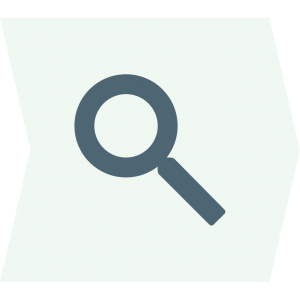The term triage comes from military emergency medicine to assess the urgency of emergency response. Cases are divided into three categories:
- The person is so severely injured that he or she is likely to die despite immediate action,
- the person is so severely injured that immediate action is necessary to enable his or her survival,
- the person is injured more easily that his survival is probable despite lack of measures.
Therefore, individuals in the second category are given priority.
Triage for support teams
Support teams use triage to assess the importance and urgency of problem-solving actions. The challenge here is to do this as qiuck as possible using the simplest means possible.
To do this, the following questions can help assess the benefits of the actions:
- Does the customer have a maintenance or service contract, possibly with a guaranteed response time?
- How many customers are affected by the problem?
- What damage will these customers suffer?
- Is there an interim measure to work around the problem (work-around)?
- Is there a measure to mitigate the impact of the problem?
- Is there insurance to cover the damage?
It is also useful to estimate the cost and delay of necessary measures. The following questions help doing this:
- Can the support team implement the measure itself without outside help, or possibly only the transitional measure?
- Which other team has to implement the measure and what are the waiting times and costs?
The Upswing-gravity field can be used to show the priority, as a quotient of the damage limitation (benefit) and the effort, when estimating the expense and the delay of the measure.
